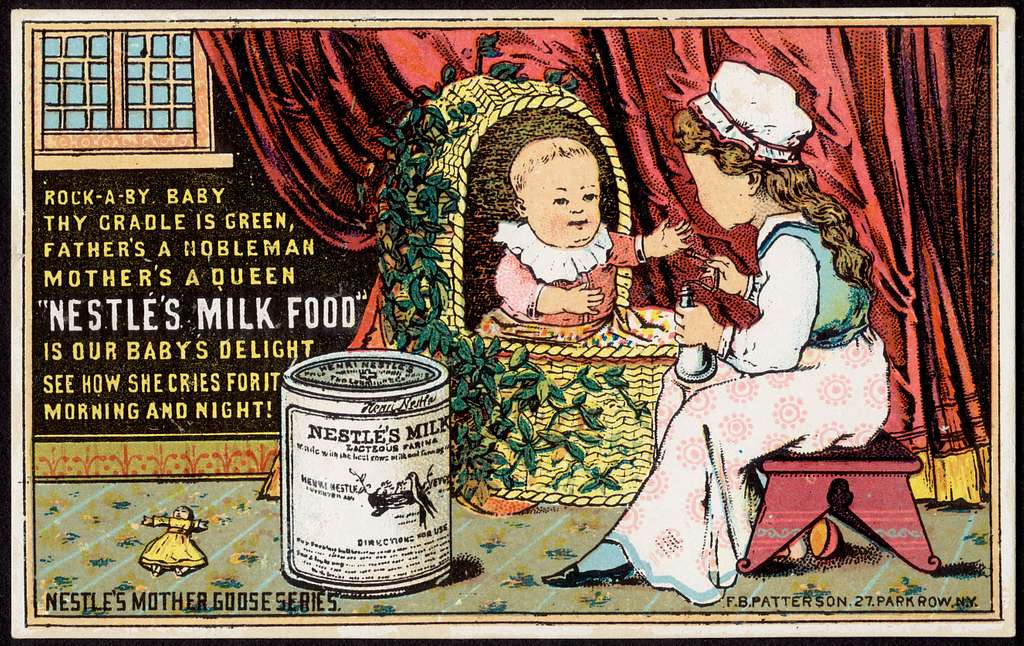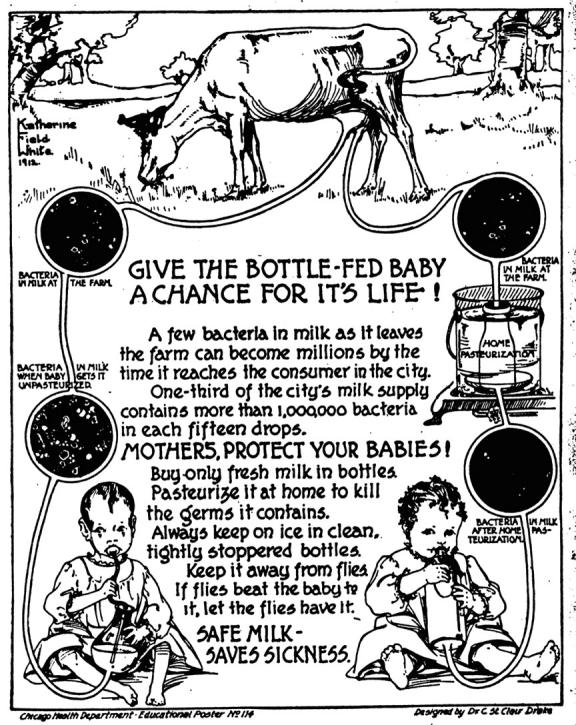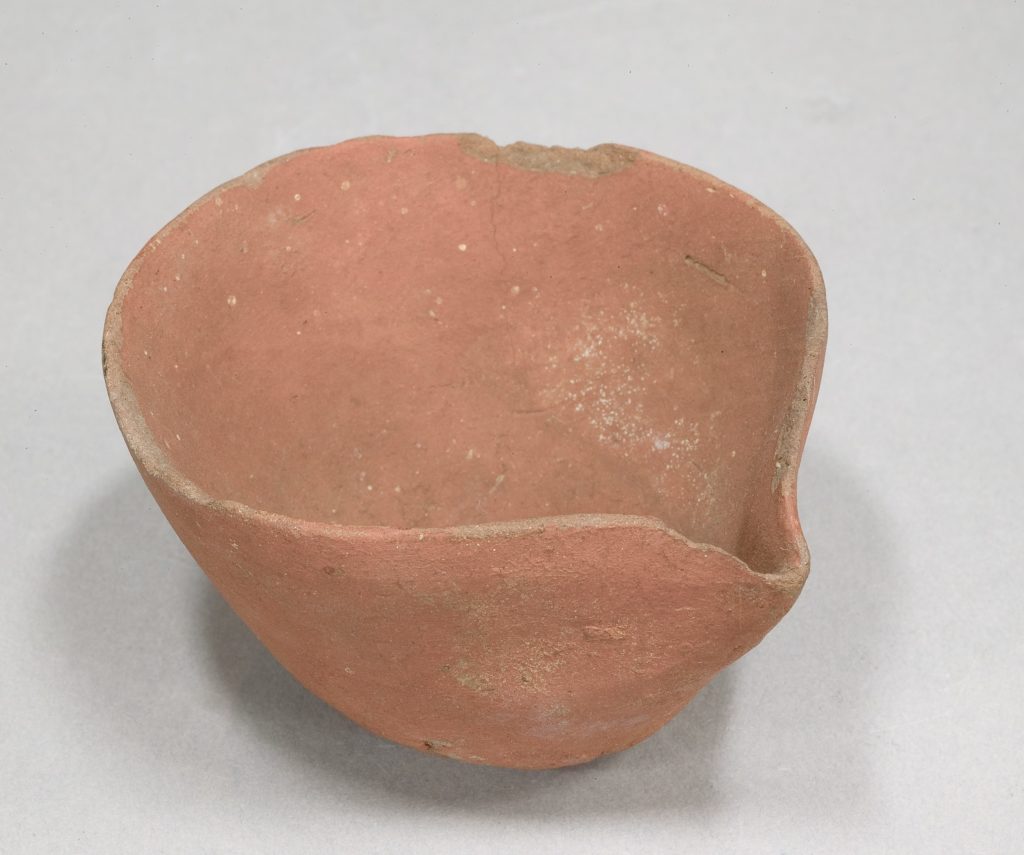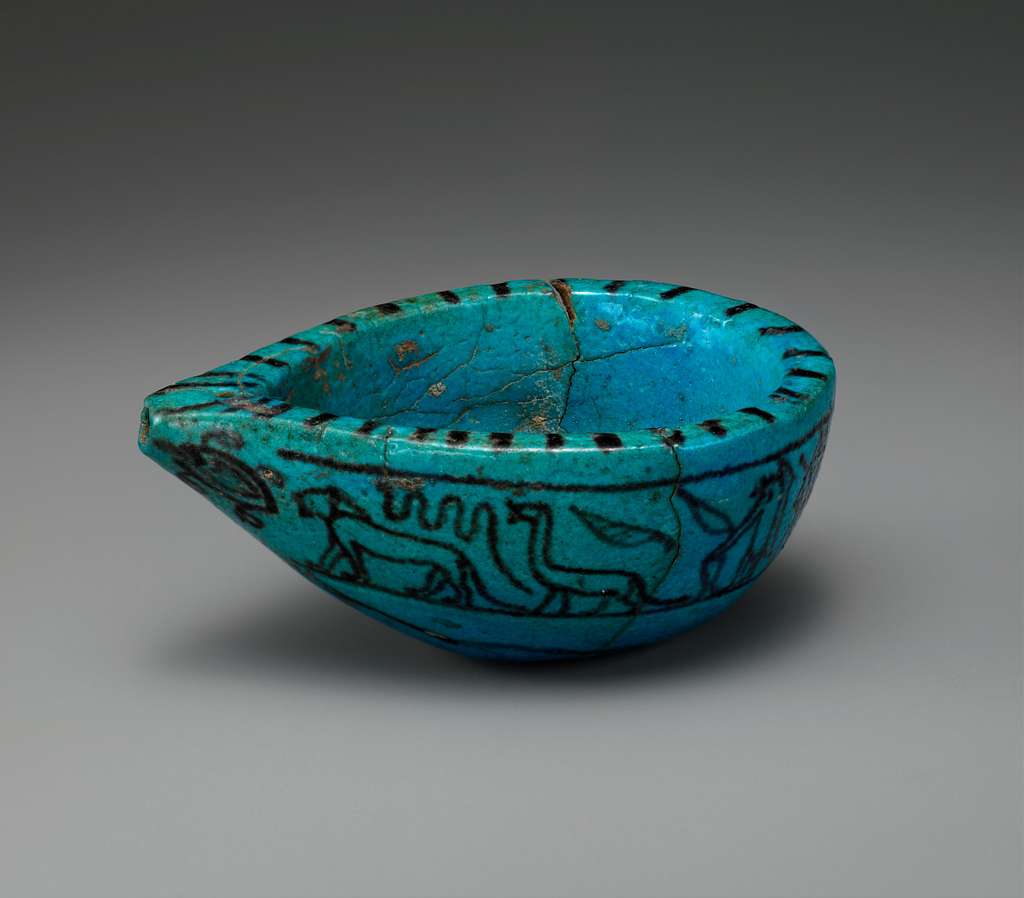Through the Bottleneck
July 24, 2022
In general, I prefer not to directly address issues but I feel so strongly about this recent panic caused by a shortage of baby formula that I feel that I must do so. It's unthinkable to me that one company's failure should cause so much distress. How did we allow ourselves to become so dependent on a fragile supply chain that the closure of a single factory can threaten our childrens' well-being? So today I'll look back over what people used to do when this happened.
DISCLAIMER: I suggest nothing. I present what I find. You adapt it to your needs or ignore it. Anything presented in this post is for educational purposes only.
The need for breast milk substitutes is likely as old as our species.

Archaeologists have uncovered utensils used in the Bronze and Iron Ages that were used for the same purpose as our modern bottles. This article has a bit of information on them.
Organic residue analysis performed on these vessels revealed lipids left from whole milk from ruminant animals, most likely cow, sheep, or goat.

The very first patented infant formula consisted of cow's milk, wheat and malt powder and potassium bicarbonate.
The next advance was based on evaporated milk. These are the recipes that were recommended by doctors in the mid-twentieth century.
The Mayo Clinic says that today's formulas are based on either altered cow's milk, soy, or protein hydrolysate (broken down proteins).

If you want to know anything at all about the history of infant feeding, you can find it in this article by The National Institute of Health. It covers, among other things, the history of feeding devices, what alternatives to breast milk were used and when, and what health issues feeding a child either ancient or modern infant formula instead of breast milk may cause.
It also has a fascinating explanation and tutorial on cup feeding an infant. I wish I'd known about this when my son was an infant.

This article from Today states that homemade formula substitutes are deemed unsafe by leading experts. It goes on to explain that the preparer might not make things clean enough or that they might accidentally use expired ingredients. The experts point out that cow's milk proteins are not easily digested by infants and doesn't contain necessary vitamins and minerals. I will refrain from comment and simply point out:
The experts recommend against homemade formula

For those who wish to explore their options, Here are a few links to good basic information and solutions that others have come up with to meet an emergency head on.
First, a link to the WHO recommendations PDF. You can probably skip to page 43 where the information on breastfeeding stops.
This site has some excellent information and a recipe that provides the vitamins and minerals necessary. A nutritional breakdown is supplied with this recipe.
Here is a list of age appropriate food introduction and formula needs for infants and toddlers from Solid Starts.
Here are two emergency recipes.

Examples of infant feeding cups
Egypt
circa 2040 - 1640 BCE

Purely for interests' sake, I will say that my son was raised on homemade formula exclusively. I was unable to breastfeed and the commercial formulas made him sick. I found a formula recipe that looked very complete to me and took it to his pediatrician who researched it and told me to go ahead and try it. My son not only thrived but was so healthy that most people thought that he was breastfed. Doc also kept a careful eye on him and at every health check up pronounced him "Perfect!" He's five now and is still perfect. He has a slight tendency toward smartassery but I don't think the formula had anything to do with that.
To satisfy curiosity, here is the complete formula and explanation of ingredients that I took to my son's pediatrician for review. I used the maple syrup and olive oil options. If it is relevant to you, please take it to your child's pediatrician to discuss whether this would be helpful to your child while we wait for the commercial supply to sort itself out.
Goat Milk-based Baby Formula
Originally found on the PThirty1.com blog, written by Joyce Cunningham.
This recipe makes 32 oz. of goat milk formula – or 4-8 oz bottles. I put all the ingredients in my Ninja blender, then pour in a 32 oz container, seal and store in the refrigerator until ready to use. Here’s what I use and why:
-
4 tbsp powdered goat milk – I first purchased powdered goat milk at a local health food store. I have since discovered it is sold at Whole Foods and I’ve recently found it online at Amazon. It is cheapest on Amazon ($9.07 per 12 oz can) plus shipping is free. Additionally, you get a 5% discount if you enable autoship in which you can pre-order the milk for up to 6 month increments.
The Meyenberg brand is the only brand I’ve found and it works great! It is fortified with folic acid and vitamin D as an added bonus for babies. I have also used store-bought goat milk and diluted it using a 1:1 milk/water ratio (for this recipe, that would be 2 cups goat milk to 2 cups water). I have read that evaporated goat milk can also be used.
-
4 tsp organic coconut oil – Coconut oil is the most abundant natural source of an essential saturated fat called lauric acid which is found in high amount in breast milk. In fact, breast milk is the only other natural source that contains such a high amount of lauric acid. Lauric acid helps to destroy bacteria, viruses and fungus in the body. As well, coconut oil is known for regulating blood sugar and thyroid function.
I have always kept coconut oil as a kitchen staple. This was a plus because the initial investment for goat milk formula ingredients can be pricey albeit worth it. Not having to purchase coconut oil was great! I purchase my coconut oil from Amazon as well because I can usually take advantage of free shipping. I pay about $9 for a 15 oz container of coconut oil. I know this is sacrilege for me, but I have never done price comparison shopping for coconut oil so if you think you can find it cheaper elsewhere, you probably can :).
-
4 tsp organic sunflower oil (alternative: extra virgin olive oil) – Sunflower oil (and olive oil) provide monounsaturated fats and vitamin E. Unsaturated fats balance blood cholesterol. Sunflower oil has significantly more vitamin E than olive oil, but olive oil contains more vitamin K than sunflower oil. I prefer sunflower oil for the milder flavor/scent in the infant formula. Since both provide enough essential unsaturated fats and vitamins, and we are adding a multivitamin to the formula (keep reading), both oils will work. I have also read where the oil can be omitted.
Like most households, extra virgin olive oil is a staple in my kitchen. I buy it blindly when I shop at low-price leader grocery stores and don’t pay much attention to price. I’ve even found it at Aldi and Walmart. Sunflower oil, on the other hand, was much more difficult to get my hands on. I found it at Whole Foods for about $5 for a 16 oz bottle. Sunflower oil can also be purchased on Amazon.
-
4 tbsp organic agave nectar (alternative: organic 100% maple syrup, brown rice syrup) – The sugar and high carbohydrate content found in agave nectar are necessary for brain growth. Forty percent of the calories from breast milk come from carbohydrates called lactose. A breast milk substitute, therefore, would have to be high in carbs as well.
I have been buying agave nectar in bulk at Costco since I have started plant-based eating. It is much sweeter than regular sugar so I use less of it, and therefore, it lasts a lot longer. I cannot recall how much I paid for it (since I’ve had it for so long). I do know that it is sold in most grocery stores. I also keep maple syrup as a kitchen staple for plant-based eating. I am not particularly fond of maple syrup’s taste as a condiment. However, it works fine as sugar substitutes in most baked ingredients. Like agave nectar, 100% maple syrup can be found at almost any grocery store including Walmart. I’ve found it the cheapest at Aldi for about $4.
-
1/2 tsp unsulphured blackstrap molasses – This provides B-vitamins, iron, calcium and trace minerals. Molasses also helps with alleviate constipation. I have not had a problem with this amount, but decrease the amount if stools are too loose.
I found molasses at Walmart and thought I struck gold. When I got it home, I realized it was not unsulphured blackstrap molasses and the two differ by processing method. I found the unsulphured molasses at Whole Foods.
-
1/2 tsp infant probiotic strain – I had always heard of probiotic in my favorite yogurt products before now, but never paid much attention to it. Breast milk is extremely high in probiotics. Probiotics improve digestive functions and boost the good bacteria in our bodies to fight the bad bacteria which prevents infection. Breast milk contains numerous probiotic strains including lactobacillus genus, lactobacillus gasseri and lactobacillus fermentu.
The infant probiotic comes in a vitamin bottle and is a powdery substance so it’s easy to add to liquids and foods. I found a brand by Maxi Baby Care at Whole Foods. It can also be purchased at Amazon, GNC, Vitamin Shoppe and most health food stores.
-
4 tsp natural infant liquid multivitamins (or proportioned amount per package directions and amount of milk being made) – This adds in all the missing and extra vitamins your infant needs. If you are adding this to his/her daily diet already, I would not advise including this in the formula too.
I found a multivitamin brand by Maxi Baby Care at Whole Foods. It can also be purchased at Amazon, GNC, Vitamin Shoppe and most health food stores. Poly-vi-sol is another popular infant vitamin brand and it can be found at Walmart.
-
32 oz warm nursery or filtered water – Goat milk powder is harder to dissolve in cold water than store-bought formula. Make sure your water is hot or warm for better mixing and clump-free formula.
I wish you and your little ones all the best!
My next topic is one dear to me for many reasons - the Dandelion. Thanks for stopping by!


One comment on “Through the Bottleneck”
Tim J Hays
May 24, 2022 at 2:59 pmWhat a timely and great post
This is a time we should reflect on how our mothers and grandmothers were able to use the most basic items and time tested recipes to feed their family.
Keep up the good work.